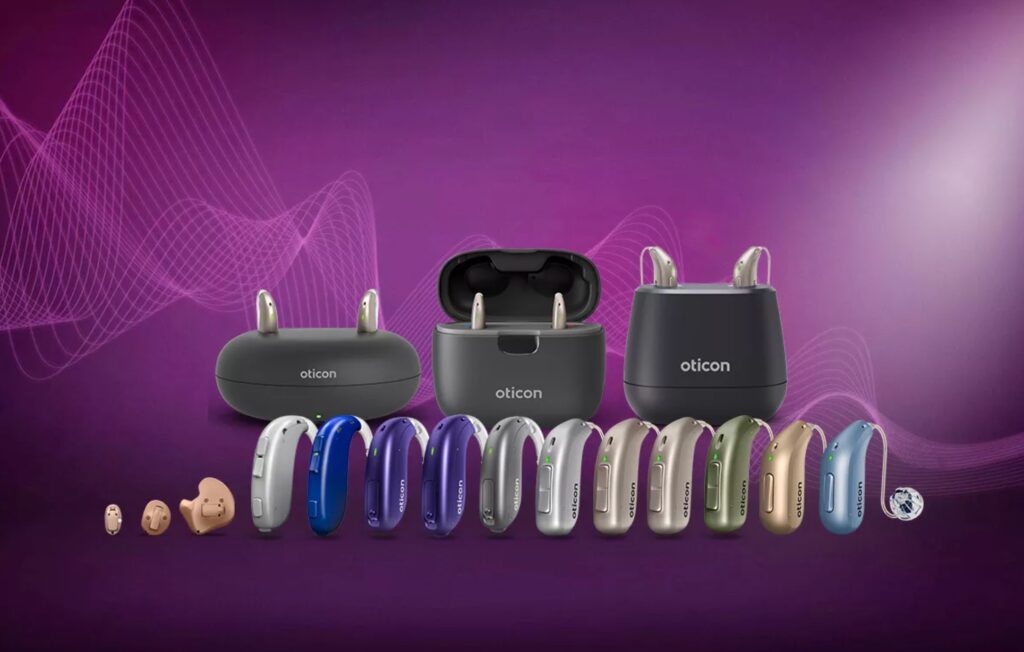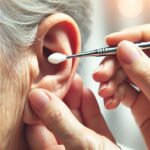Our managing director Mark Scutchings takes a look at future developments in the world of hearing aids.

In a previous article, I wrote about the technology that would be available to hearing aid wearers within the next 12 months.
Today I am going to look a bit further into the future and consider some of the technology that may come along within the next five to 10 years.
Of course, we all wonder if there will be some wonderful medical advance that will reverse the damage caused to the inner ear by the effects of age and noise exposure, making most hearing aids redundant.
Hearing loss
There have been some very interesting developments in the regeneration of hair cells in the inner ear. But for the time being, this is really just being done in the laboratory. There is no real prospect of a magic pill to cure hearing loss.

We never know for sure what’s around the corner, but I think it is safe to assume that for most of us with hearing loss right now, a hearing aid of some description is going to be the only real solution.
The various types of implants have continued to develop. Computing power has improved and modern cochlear implants now have the power to give the profoundly deaf the ability to hold a conversation on the telephone. This is something that would have been completely out of reach at the start of my career in audiology in the early 1980s.
Implantable devices
As the technology improves the range of hearing losses that can be helped increases. But even so, implants are still for those with severe hearing loss that cannot be adequately helped with conventional hearing aids.
There are no fully implantable devices. You still need to use an external sound processor for the implant to function. For those of you who are, like me, old enough to remember the bionic woman with her bionic ear, this is still a long way off.
Where we are likely to see improvement is in the evolution and development of existing technology. We are already starting to see improvements in the performance of rechargeable hearing aids. As battery technology improves we may get hearing aids that can be changed once every week rather than every night.
Digital speech

There continue to be improvements in directional microphone technology and we may start to see a way of pointing a remote control at an annoying external noise source as a way of telling the hearing aid to ignore it and focus elsewhere.
Other electronic developments may include what is known as digital speech recoding which means that the hearing aid listens to speech and then converts it into natural language. This can be spoken into your ear with a Siri-like voice or perhaps typed onto the screen of your smartphone for you to read.
Perhaps not everyone’s cup of tea, but useful for noisy situations and for those with very severe hearing loss.
Improvement
Finally, with the wider use of wearable devices in the ear by those without hearing loss we may start to see a wider acceptance of hearing aids and further removal of the stigma that is still associated with hearing aid use.
Greater adoption of hearing aids by those who need them, but will not wear them, is perhaps the greatest step forward we can hope for in the improvement in the life of the hearing impaired and their families.

